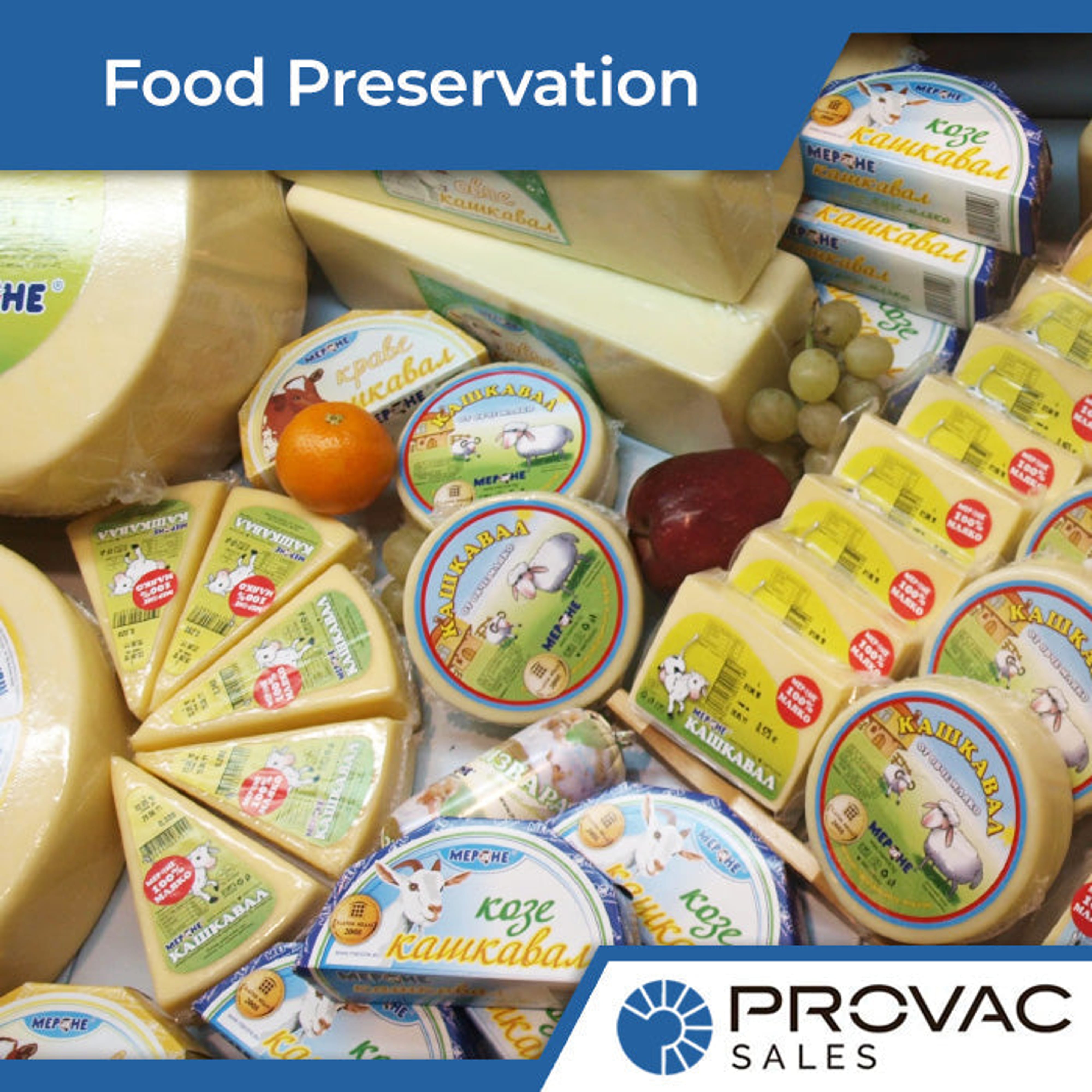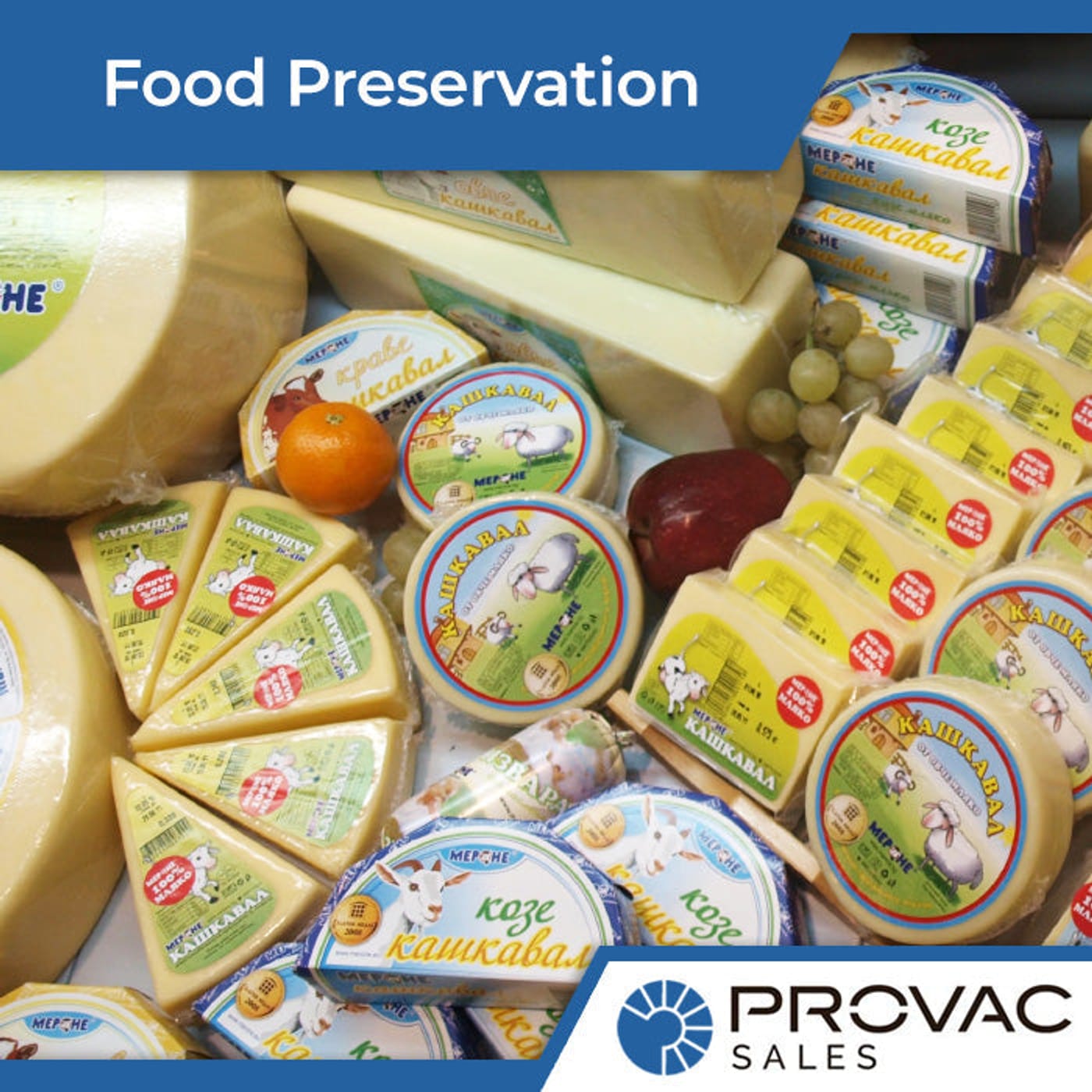Vacuum Packaging for Food Preservation
Vacuum packaging is a revolutionary method for food preservation that extends the shelf life of various food products by creating an oxygen-free environment. This technique involves removing air from the packaging, significantly reducing the growth of bacteria and mold. In this article, we will explore the benefits of vacuum packing food preservation, how it works, and why it is an essential tool for both home and commercial use.
Vacuum packing food preservation is a highly effective method for extending the shelf life of various food items. By removing air from packaging, vacuum sealing creates an anaerobic environment that inhibits bacterial growth and oxidation, significantly prolonging food freshness. Vacuum packed food can last up to 3-5 times longer than conventionally stored items, with meats staying fresh for up to 3 years in the freezer and dry goods like rice lasting 1-2 years in the pantry when vacuum sealed.
Common vacuum packing food preservation examples include meats, fish, fruits, vegetables, and even coffee beans, which can maintain their flavor for up to 2-3 years when properly vacuum sealed and frozen.
Does vacuum sealing preserve food? Absolutely - this technique not only extends shelf life but also helps maintain food quality, texture, and nutritional value by preventing freezer burn and reducing exposure to air and moisture.
What is Vacuum Packing?
Vacuum packing is a method of food preservation that involves removing air from a package before sealing it. This process creates a vacuum-sealed environment that helps prevent the growth of spoilage organisms. By eliminating oxygen, vacuum packaging also slows down oxidation processes that can lead to food deterioration.
How Does Vacuum Packing Preserve Food?
The primary mechanism by which vacuum packing preserves food is by removing oxygen. Oxygen is a crucial factor in spoilage organisms' growth and food oxidation, which can lead to rancidity and spoilage. By creating an anaerobic environment, vacuum packaging significantly slows down these processes, extending the food's shelf life.
Benefits of Vacuum Packaging Food
Vacuum packaging offers several advantages for food preservation:
- Extended Shelf Life: Vacuum-packed food lasts longer because the absence of air prevents the growth of bacteria and mold.
- Prevention of Freezer Burn: Vacuum sealing protects food from freezer burn by preventing exposure to cold, dry air.
- Preservation of Food Quality and Flavor: Vacuum packaging helps maintain food's original taste and texture by reducing oxidation.
- Space-Saving Storage: Vacuum packaging reduces the volume of food, making it easier to store.
- Reduced Food Waste: Longer shelf life means less food waste, saving money and resources.
Vacuum-Packed Food Examples
A wide variety of foods can benefit from vacuum packaging. Some common examples include:
- Meats and poultry
- Fish and seafood
- Fruits and vegetables
- Cheese and dairy products
- Dry goods like nuts, coffee beans, and cereals
- Baked goods
How to Vacuum Pack Food
To vacuum pack food at home, you'll need a vacuum sealer and compatible bags or containers. Here's a basic process:
- Clean and prepare the food for packaging.
- Place the food in a vacuum-sealer bag or container.
- Position the open end of the bag in the vacuum sealer.
- Operate the vacuum sealer according to the manufacturer's instructions.
- Label the package with the contents and date.
Vacuum Packaging Equipment
You'll need a vacuum sealer to start packing food at home. Various models are available, ranging from basic countertop units to more advanced commercial-grade machines. Some popular options include:
If you have questions about which product(s) would be best for your use case, contact us.
Vacuum Packaging Examples in Different Food Categories
Meats and Poultry
Vacuum packaging is particularly effective for preserving meats and poultry. It can extend the refrigerated shelf life of these products by 3-5 times compared to conventional storage methods. For example, vacuum-packed ground beef can last up to 2 weeks in the refrigerator, compared to just 1-2 days when stored in a regular container.
Fruits and Vegetables
While not all produce is suitable for vacuum packaging, many fruits and vegetables benefit from this preservation method. Vacuum-packed berries, for instance, can maintain their quality for up to two weeks in the refrigerator, compared to just a few days when stored conventionally.
Dry Goods
Pantry staples like rice, flour, and coffee beans can be kept fresh for months or even years when vacuum-packed. This method benefits bulk buyers or those living in humid climates where dry goods are prone to absorbing moisture.
Does Vacuum Sealing Preserve Food Indefinitely?
While vacuum sealing significantly extends food shelf life, it's important to note that it does not preserve food indefinitely. Vacuum-packed food still requires proper storage conditions, such as refrigeration or freezing for perishables. Always follow food safety guidelines and use your best judgment when consuming vacuum-packed foods.
Vacuum Sealing Food Preservation: Best Practices
To get the most out of vacuum packaging, consider these tips:
- Always start with fresh, high-quality food.
- Clean and dry foods thoroughly before packaging.
- Pre-freeze soft or moist foods before vacuum sealing to prevent crushing.
- Leave enough space in the bag for a proper seal.
- Use appropriate vacuum sealer bags or containers for different food types.
Vacuum Packaging in Commercial Food Preservation
Vacuum packaging is widely used in the food industry to preserve and extend various products' shelf life. Commercial vacuum packaging machines are typically more powerful and efficient than home units, capable of handling larger volumes and a more comprehensive range of packaging materials.
Some typical applications of vacuum packaging in the food industry include:
- Packaging of fresh meats and seafood
- Preservation of ready-to-eat meals
- Packaging of cheese and dairy products
- Vacuum skin packaging for retail display
Consider our range of vacuum gauges for commercial vacuum packaging needs to ensure optimal performance.
Vacuum packing is a versatile and effective method of food preservation that can significantly extend the shelf life of various food products. By removing air and creating a sealed environment, vacuum packaging helps maintain food quality, reduce waste, and save space in your refrigerator, freezer, or pantry.
Whether you're a home cook looking to extend the life of your groceries or a food business owner seeking to improve product shelf life, vacuum packaging offers numerous benefits. With the right equipment and techniques, you can harness the power of vacuum sealing to keep your food fresher for longer.





